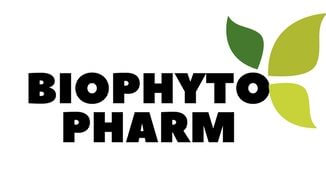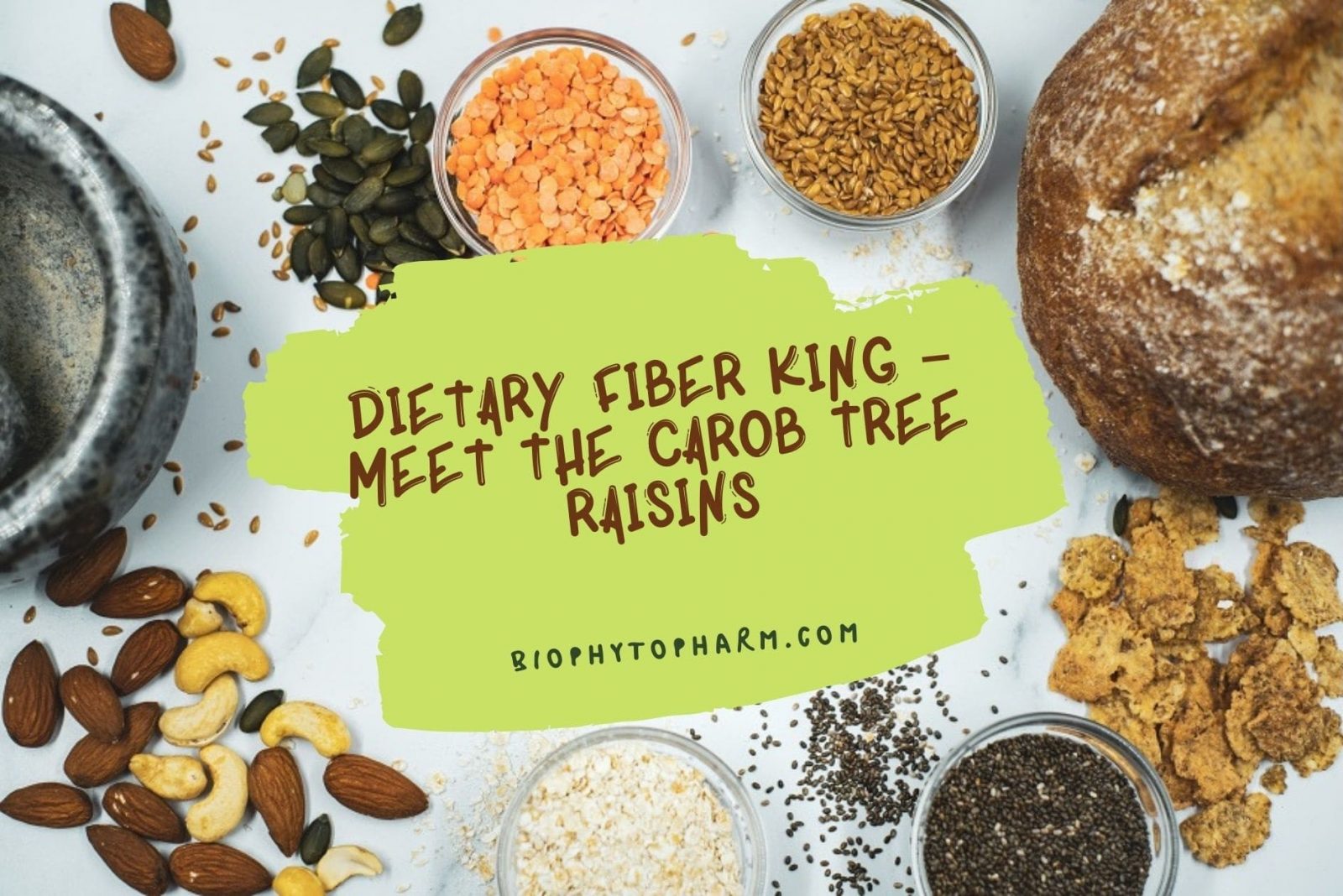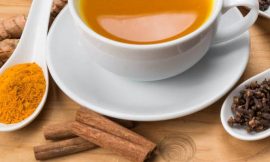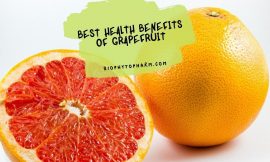BEST DIETARY FIBER KING – MEET THE CAROB TREE RAISINS
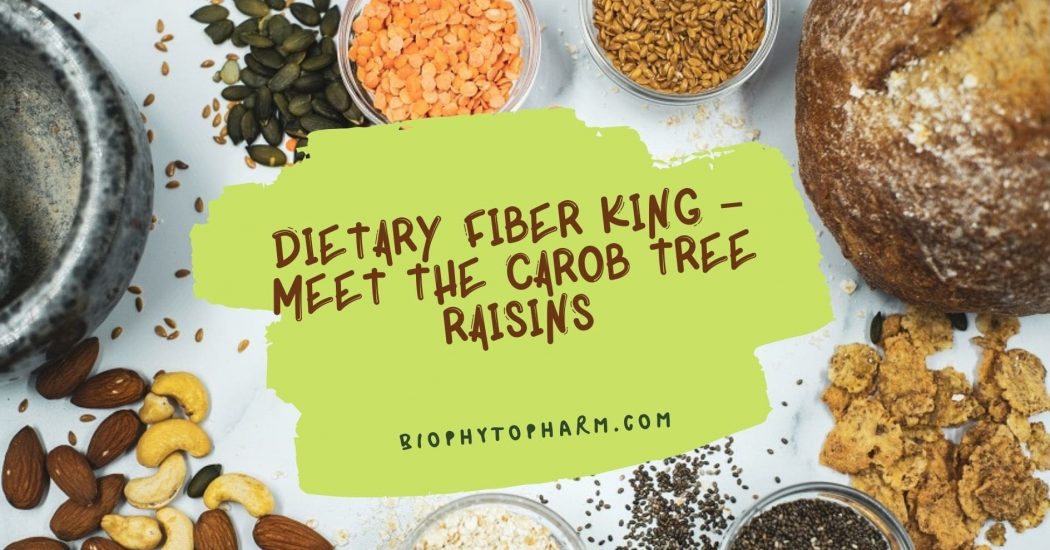
The carob tree is a type of tree, whose fruit has the same name. This plant can be found in the wider Mediterranean region and contains large amounts of dietary fiber. It is known as the “Bread of St. John,” because, according to tradition, John the Baptist, while living in the desert, ate exactly this fruit.
The Latin name of this tree is Ceratonia siliqua, and the Greek name is (keratosis) meaning horn. Carob is used as a remedy for internal injuries, sores in the mouth, coughing, breathing problems, and even diabetes.
The substance which is found in fruits is called “carob tree raisins” in the food industry used as a stabilizer and thickener, but also in the cosmetics and pharmaceutical industries. It is known as E410.
Read More: Most Important Benefits of the Carob
The fruits are edible and very nutritious, and from the seeds are prepared coffee-like drinks.
Fruits are rich indietary fiber (pectin and lignin) that enhances the flora in the digestive tract, reduces the number of harmful bacteria, and reduces cholesterol. In addition, they remove heavy metals and toxic substances from the body. There is evidence that the fruits of Carob prevent cancer and help the good functioning of the heart and kidneys.
Carob flour contains protein and many minerals such as iron, zinc, calcium, magnesium, silicon, phosphorus, and potassium. On the other hand, it is gluten-free which means it is convenient for people who are allergic to gluten or have a gluten intolerance.
DIETARY FIBER Content in Carob
The proximal composition and the shell fiber content of carob seeds were analyzed to assess the effect of carob seed integument fragments (as pollutants) on the composition of locust gum (galactomannan generally used as a food additive). Separation of seed components by pretreatment of boiling water provided ~ 30% of the brown layer.
Seed layer fiber analysis by gravimetric enzyme method with phosphate buffer showed that the carob shell contains about 75% IDF (insoluble dietary fiber) and ~ 15% SDF (soluble dietary fiber). In addition, the composition of FDN (detergent neutral fiber), determined by the non-enzymatic-gravimetric method, revealed the presence of ~ 20% insoluble hemicellulose, ~ 33% cellulose, and ~ 9% lignin fractions.
These results suggest that this product can be considered a potential source of fiber for the enrichment of carob gum flour and can be used as a food ingredient.
